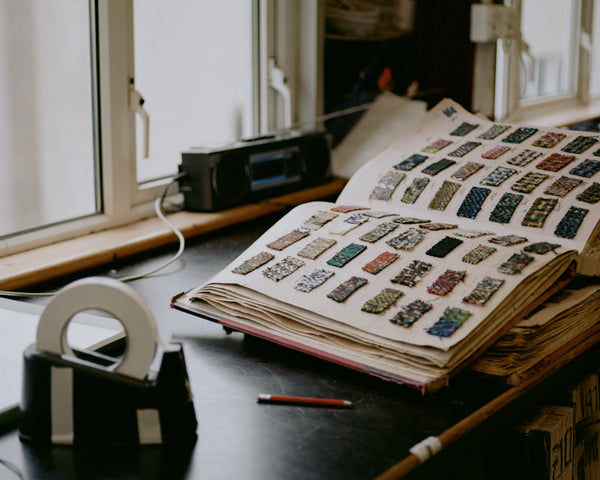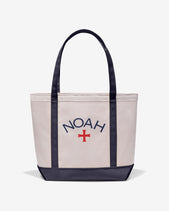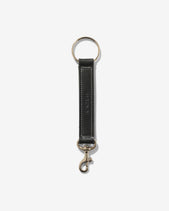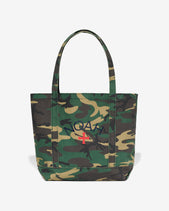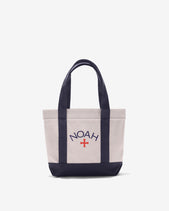
There have never been more ways to pledge your allegiance to a brand, team, or any other institution. From graphic t-shirts and hoodies to team jerseys worn off the field, and even the sheer amount of baseball caps you can see walking down the street, clothing has become a common way to represent a person’s affiliations, interests, or status.
Granted, we now live in a world of “high-fashion” hoodies, ballcaps, and t-shirts, but one of the earliest ways people conveyed status was actually through a scarf. During the Qin dynasty around 220 BC, cloth scarves were used to denote the rank for Emperor Cheng’s warriors. Likewise, by the 17th century, cloth scarves differentiated Croatian soldiers from higher-ranking officers, who wore silk ones.
The French took a liking to the accessory and adapted them into their own wardrobes, dubbing them “cravats” after the Croatian word “kravata.” As time wore on, it became common practice for a man to demonstrate his political leanings by the color of his scarf.
Around the same time, scarves began to symbolize academia in the United Kingdom. One story traces the origins of college scarves to a rowing feud between Oxford and Cambridge. The two were bitter rivals who competed in an annual boat race on the Thames. During rather chilly rowing sessions, they wore scarves, and Cambridge reportedly had the inclination to include collegiate colors in theirs before Oxford followed suit.


A typical academic scarf is about two meters long, rectangular, without tassels, made of Saxony wool, and has two or more stripes. The vertical stripe design came about around 1939, when wool yarn was in short supply, so manufacturer Luke Eyres developed a way of tearing woven material into long strips, and then knitted them together with different colors.
The accessory has also been adopted by many Ivy League schools in the United States, like Harvard, Princeton, and Yale. But they also have been used to denote membership in different social clubs and sports teams within a specific school.
Around the same time academic scarves became a great way to show off school spirit, they were adopted by the soccer crowd as well. Team scarves first appeared in Britain in the early 1900s, used to keep fans warm while watching their preferred clubs duke it out on the pitch. Originally these scarves shared the same vertical stripe design as their more studious cousins, before adopting the intricate club crests and team names prevalent today.
Now it’s impossible to watch a single footie match without seeing fans raise their scarves up to wave their team colors with pride.
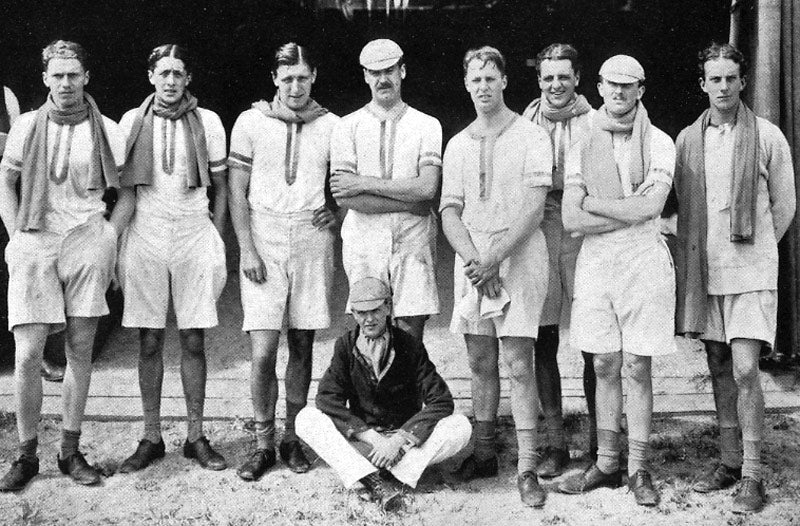
Inspired by the scarf’s tradition of practical warmth and symbol of unifying team spirit, our School Boy Scarves are made in England out of 100% wool with alternating engineered vertical stripes. As a brand that prefers to fly its own flag, the colors we chose bear no official affiliation to any particular squad, but are inspired by numerous vintage ones we’ve come across. Besides—now more than ever—we need a reminder that we’re all on the same team.







